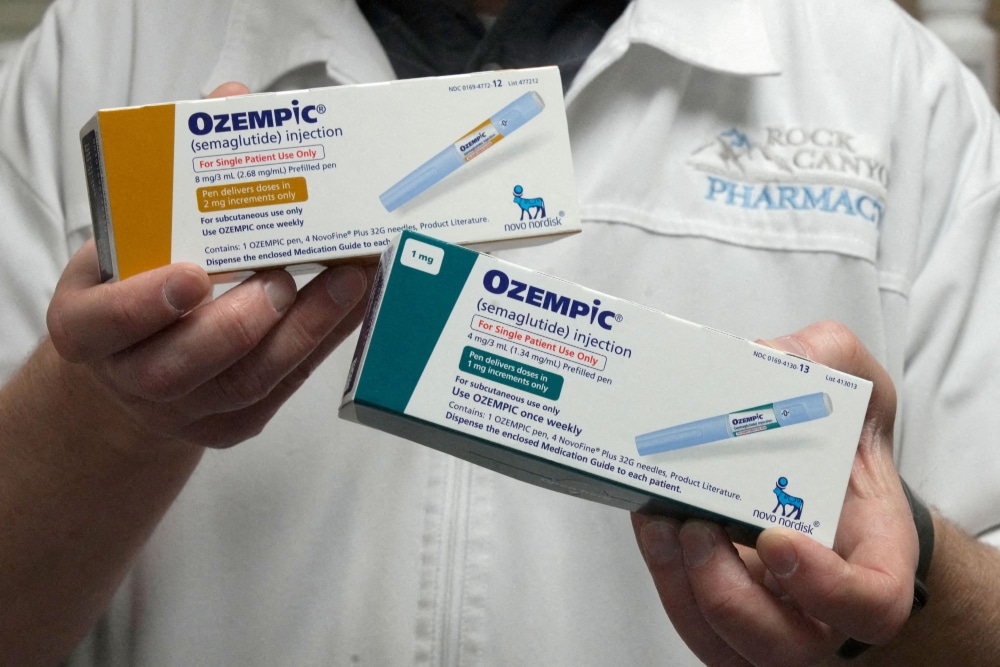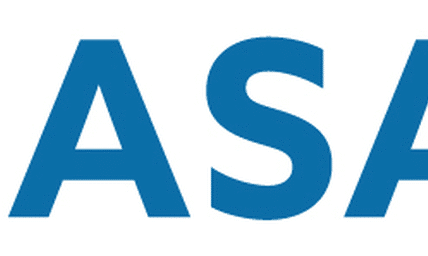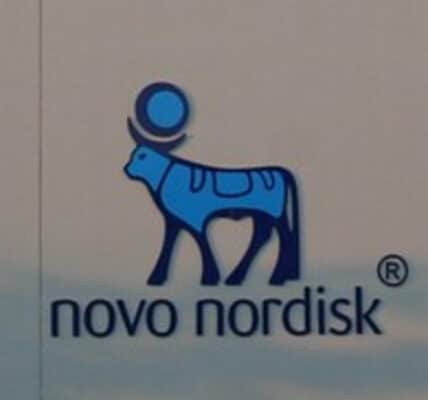The Latest Research on GLP-1 Drugs and Addiction

At the Clinical Neuroscience Lab at Brown University in Providence, Rhode Island, Dr. Carolina L. Haass-Koffler and a team of researchers are experimenting with the use of GLP-1 drugs in the treatment of addiction. Dr. Haass-Koffler recently shared insights from this work with the Brown School of Public Health news blog.
Dr. Haass-Koffler spent years studying the relationship between hormones and addiction. In particular, her team has published studies on “incretins” and addiction. Incretins are appetite-related hormones, including insulin, ghrelin, and leptin. Her focus has been on the interaction between these hormones and cravings:
The basic idea is that these appetite hormones — whether it’s for food, alcohol or drugs — tap into the same craving system in the brain.
“GLP-1 isn’t actually new,” Dr. Haass-Koffler tells Carl Dimitri, senior writer in Public Health Communications for Brown University. She then recounts the history of GLP-1 drug development, from the approval of exenatide in 2005 to the current array of Ozempic, Wegovy, Mounjaro, and Zepbound. She summarizes how they impact cravings in one concise paragraph:
These are GLP-1 receptor agonists. They’re not just peptides like exenatide. They bind to specific receptors in the brain, especially in areas tied to the reward system: the ventral tegmental area, nucleus accumbens, prefrontal cortex. These regions regulate dopamine and motivation. By targeting these receptors, the drugs blunt dopamine release and reduce reward signaling. That means people feel less driven to seek out food, alcohol or drugs. That’s the crux of how these medications may help with cravings.
Dr. Haass-Koffler explains how science has moved backward on GLP-1 drugs and addiction. Rather than starting from a lab, proceeding to animal testing, then human trials, the impacts of GLP-1 drugs on addiction were first noticed in human beings using the drugs for the treatment of Type 2 diabetes. From the anecdotal human evidence, scientists have gone back to animal testing and to the lab “to see how GLP-1 receptor agonists influence things like craving, cue reactivity and impulsivity,” says Dr. Haass-Koffler.
One advantage Dr. Haass-Koffler has in her research on GLP-1 drugs and addiction is that she can readily measure reductions in consumption. She does not have to rely on self-reporting. She points out that GLP-1 drugs only have to be taken once a week now, which improves compliance with people suffering from substance use disorders who typically struggle with completing treatment.
She sees a strong benefit upfront from treating addiction with GLP-1 drugs because “early progress can motivate them to keep going.” Despite the negative gastrointestinal side effects from GLP-1 drugs, “people often experience real improvements: less drinking, fewer cravings, fewer negative consequences.”
Dr. Haass-Koffler points out how many studies are showing health benefits of using GLP-1 drugs besides the weight loss or because of the weight loss: “These medications are now being tested for cardiovascular benefits — lowering blood pressure, reducing cholesterol — and even for neurodegenerative conditions like Alzheimers and Parkinson’s.”
“[T]hat’s one of the things I love about these drugs,” says Dr. Haass-Koffler, “They’re not just targeting the brain, there are concrete and measurable outcomes that are visible to the patient.” The tangible nature of taking GLP-1 drugs for addiction allows patients to see and feel the improvements, resulting in improved compliance and outcomes.
Dr. Haass-Koffler is beyond enthusiastic about the potential to treat addiction with GLP-1 drugs. She sees it as a “turning point” in addiction treatment. She cites the huge number of trials underway in a field where no new drugs have been approved in decades. And she points to one change in particular that has opened the floodgates in addiction research: a change in FDA rules.
“In the past, a drug for addiction had to show it could lead to total abstinence,” Dr. Haass-Koffler explains. “But now, the FDA accepts reduction in use as a valid clinical outcome.” The shift allows medical professionals to tailor medication for people who need to reduce their consumption of alcohol, food, or drugs, but have not had success with abstinence.
It’s even possible that someday, GLP-1 drugs could be used like a vaccine against addiction. Stay tuned to AddictionNews for the latest and best coverage of GLP-1 drugs for the treatment of addiction.
Written by Steve O’Keefe. First published July 30, 2025.
Sources:
“A turning point in addiction psychiatry?,” Brown School of Public Health news blog, July 24, 2025.
“Ozempic Might Be the Future of Addiction Treatment,” VICE, July 23, 2025.
Image courtesy of Heute.at, used under Creative Commons license.




